Cluster feeding in formula fed babies
Cluster Feeding Your Newborn: Helpful Tips
If you’re breastfeeding, you might find that your little one sometimes keeps you busier than usual from time to time. Occasional sudden increases in the frequency of feeds, usually caused by growth spurts, are sometimes known as cluster feeding.
Cluster feeding affects breastfeeding moms in particular; however, formula-fed babies can also feed more frequently at certain stages of development.
Why do babies cluster feed? When does cluster feeding start? When might it end? What’s the best way to cope with a cluster-feeding baby? Keep reading for the answers to these questions and more.
What Is Cluster Feeding?
Cluster feeding is a term used to describe when a breastfed baby wants to be fed more often than usual at certain times of the day.
Every baby is different, so it’s difficult to define precisely when normal feeding crosses the line to become cluster feeding. As a breastfeeding mom, what you’ll notice is a marked increase in the number of feeds compared to what’s been normal so far.
But what does normal even mean, given that the frequency of your little one’s feeds tends to change anyway as your little one grows?
Well, right after birth, your newborn baby’s stomach is still very small, so in the first few days it’s normal for your little one to eat very often — perhaps every one to three hours — to get all the nutrients she needs.
Then, during your baby’s first few weeks and later when your baby is about 1 month old and 2 months old, her stomach gets bigger and she gradually starts taking more milk at each feed. The gaps between feeds also usually get longer.
If your baby starts cluster feeding, this trend is suddenly reversed. When this happens, it might seem as if you’re back to square one, and that your little one has reverted to the constant feeding you experienced in those first few days or weeks.
But don’t worry: Cluster feeding is a common and normal stage in your baby’s development. While it may be a little more tiring for you, it’s actually helping her grow and develop.
While it may be a little more tiring for you, it’s actually helping her grow and develop.
Why Does a Newborn Baby Start Cluster Feeding?
Bouts of cluster feeding can occur if your little one is having a growth spurt and needs more food to fuel this rapid development.
Despite their name, growth spurts aren’t always related to an increase in your baby’s size and weight; you could also see a spike in your little one’s appetite when she’s working on developing new mental or motor skills.
In the first year, babies tend to experience the most rapid growth in the first two months after birth, so there may be a higher chance of cluster feeding during this period.
A growth spurt often occurs at around the beginning of the second week, and another one is common between three and six weeks, but every baby is different. There’s no knowing precisely when your little one’s hunger pangs will strike, or how long the cluster feeding phase will last.
Do Formula-Fed Babies Cluster Feed?
The short answer is yes, they can. Although formula-fed babies usually feed less often than breastfed ones because breast milk is digested faster than formula, formula-fed babies, of course, also experience growth spurts — and the associated munchies — as well.
If you’re formula feeding your little one, there’s a chance that she may eat more frequently — and even cluster feed — during these periods, too; but it’s also possible that the interval between feeds will stay more or less the same and she’ll just want to take a little more at each feed. Paced bottle feeding is a good method to use if you prefer your baby having more control over the pace of feeding.
How Long Does Cluster Feeding Last?
Feeding patterns can vary continuously for as long as your baby is breastfed or formula-fed, but bouts of cluster feeding generally occur during the first few weeks and months after your little one is born.
How to Deal With Cluster Feeding
Bouts of cluster feeding can make those first few months — already a tiring time — seem more challenging, but it’s important to go with the flow and ride out those periods of more intensive feeding. Remember, the growth spurts won’t last forever.
In the meantime, try and get as much rest as you can in the “calmer” periods, and take steps to avoid getting sore nipples, such as making sure your baby’s mouth is deeply latched, and using different breastfeeding positions from time to time.
Rather than setting a rigid timetable for feeding your baby, keep an eye out for feeding cues — the signs that he’s hungry — and let him feed “on demand” as much as possible.
Signs that your baby is hungry include turning towards your breast (rooting) if he’s breastfeeding, as well as smacking his lips or putting a fist in his mouth and sucking on it.
Reach out to your healthcare provider or enlist the help of a lactation consultant if you need help with cluster feeding or any other aspect of breastfeeding.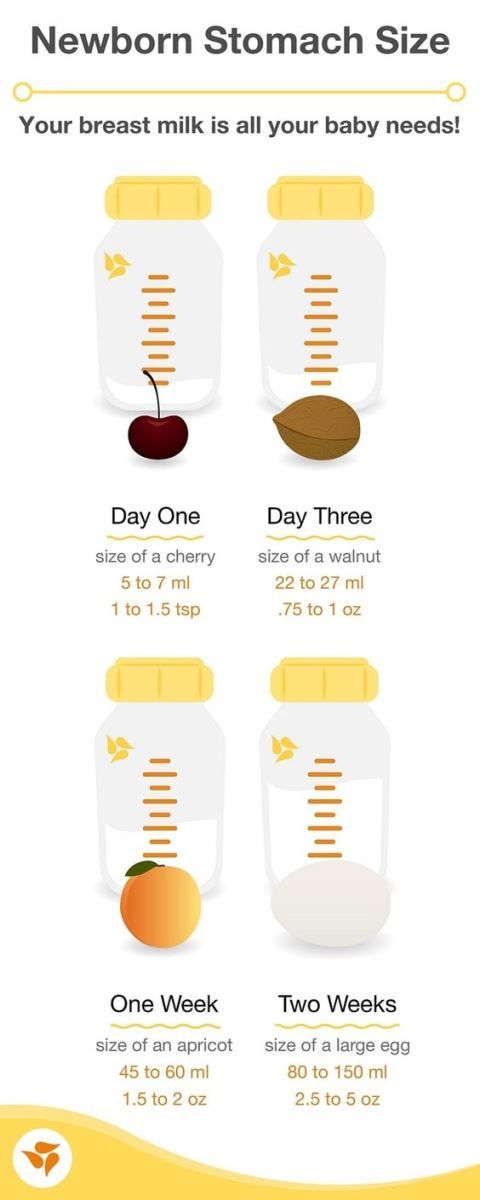
Our downloadable go-to breastfeeding guide is also a great source of tips and advice.
How to Tell if Your Baby Is Still Eating the Right Amount
All the changes in feeding patterns that can occur during those first few months of your little one’s life can be confusing. If you’re at all unsure, check in with your baby’s healthcare provider.
In the meantime, here are some ways to check your baby is getting enough milk:
Pay attention to your baby’s feeding cues. If you’re breastfeeding, it’s hard to be sure exactly how much milk your little one’s had. Keep in mind that your baby’s feeding sessions can vary in length, and he’ll usually stop eating when he’s feeling full. If you’re bottle-feeding, you might be unsure whether your little one has gotten all the breast milk or formula he needs from the bottle. Signs that he’s still hungry might include putting his hand in his mouth or smacking his lips after draining the feeding bottle dry. Fidgeting or looking distracted mid-feed could mean he’s no longer hungry.
 As your little one’s feeding patterns become established, you’ll soon get to know his unique signals and cues.
As your little one’s feeding patterns become established, you’ll soon get to know his unique signals and cues.Keep an eye on your baby’s growth. As long as your little one’s size and weight gain are on track, he’s probably eating the right amount. Your baby’s healthcare provider will be keeping track of all this for you.
Count those dirty diapers. What goes in must come out, so counting wet and poopy diapers is another way of keeping tabs on your baby’s intake of fluid and nutrients. After the first 5 days, around 6 or more heavy wet diapers and about 3 or 4 poopy ones every 24 hours is a good sign that your little one is getting enough milk. Incidentally, all those diapers — whether they end up filled with meconium, regular poop, or pee — could be earning you great gifts, discounts, and coupons. Download the Pampers Rewards app to get started.
Will Cluster Feeding Make My Breast Milk Run Out?
Your little one’s feeding actually stimulates milk production, so in most cases your body will ramp up the supply to meet demand during periods of cluster feeding.
Stress or illness may decrease your milk supply temporarily. Ways of overcoming these temporary glitches include staying hydrated, eating healthily, and getting a little more rest (if you can).
Some medications can also affect your milk supply. If you think a medicine that you’re taking could be reducing the amount of breast milk you make, talk to your healthcare provider. Your provider might be able to suggest an alternative medication for you while you’re breastfeeding.
If you think you might not be producing enough milk, you can always ask your provider or a lactation consultant for personalized advice on how to increase your breast milk supply.
Caring for a newborn baby is a full-time job and, just like any other rewarding occupation, it can have its more relaxed and its busier periods. For most moms, times of cluster feeding fall into the latter category!
But there’s a big upside to all of this: As you watch your little one growing and changing from day to day, simply knowing that each bout of cluster feeding is fueling the next stage of your baby’s development will make the extra effort seem worth it in the end.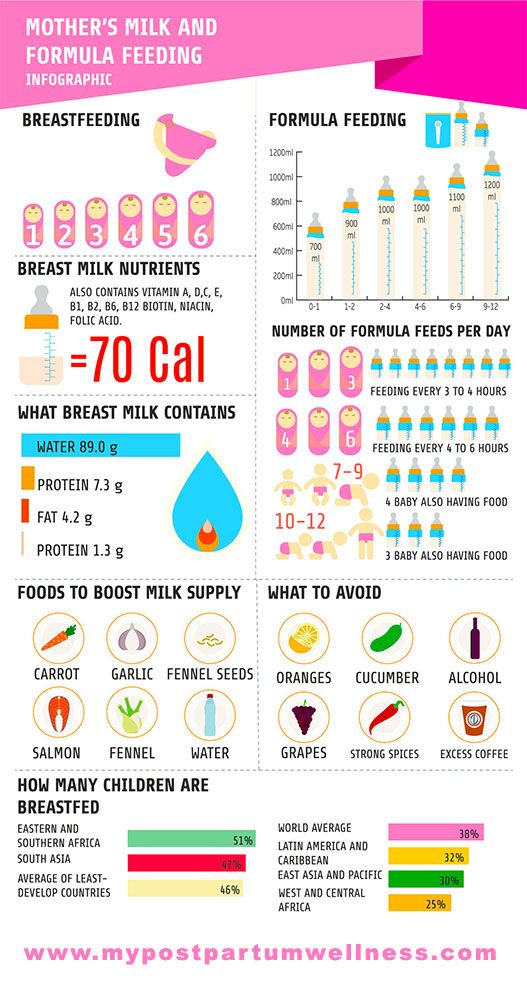
Cluster Feeding Survival Guide | Ready, Set, Food!
Cluster feeding is a completely normal phase where your baby feeds more frequently, because they’re going through a growth spurt. Here’s what you need to know when your baby starts cluster feeding.
Does your newborn want to feed several times close together, often during the evening? This may be frustrating, but it’s completely normal --- it’s a phase known as cluster feeding. Here’s what you need to know when your baby has started cluster feeding, including tips for this often-tiring phase.
What is cluster feeding?
Cluster feeding is when baby wants to feed several times during a shorter period (in clusters).
A cluster feed usually lasts for a few hours at a time, and looks very different from baby’s typical feeding habits. Baby might alternate between eating, crying and possibly resting several times in a 2-3 hour period. They might want to feed every 20-30 minutes within this timeframe.
Cluster feeding is perfectly normal, so don’t be alarmed at the changes in your baby’s feeding routine.
Why do babies cluster feed?
Cluster feeding is a way for newborn babies to make sure they get enough breastmilk (or formula) when they’re going through a growth spurt, to satisfy their increased developmental needs.
During this growth spurt, baby instinctively knows that feeding in clusters is the best way to encourage their mother to produce more breastmilk. Breastmilk production is all about “supply and demand” --- the more baby drinks, the greater supply their mother will have to meet their needs.
If you’re breastfeeding, this doesn’t mean that you weren’t producing enough milk before. Rather, baby’s just entering a time where they need more milk, and the cluster feed helps your body respond by producing more.
Do bottle-fed babies cluster feed?
Cluster feeding doesn’t just happen with breastfeeding babies, because it involves a natural instinct.
Even though the reasons behind cluster feeding involve getting a breastfeeding mother to produce more milk when baby needs it most, many bottle-fed babies will also want to cluster feed.
After all, all babies need more nutrients when they are going through growth spurts. And bottle-fed babies don’t always lose the instinct to take in those nutrients in a cluster pattern, just because they’re drinking from a bottle.
So, although cluster feeding is most common in breastfed babies, don’t be surprised if your bottle-fed baby starts cluster feeding.
Why does cluster feeding happen in the evening?
Experts don’t yet know why cluster feeds tend to occur in the evening or early afternoon (the period when baby tends to be fussiest). But they do have some theories.
Some experts think that babies’ still-developing nervous system makes them overtired or overstimulated, and that cluster feeding helps them relax.
Other experts believe that cluster feeding helps build mothers’ milk supply up during a time of day when it can naturally be slightly lower. Cluster feeding may help fight against that slight drop, so baby can get the nutrients they need before bed.
Cluster feeding may help fight against that slight drop, so baby can get the nutrients they need before bed.
How to know when baby has entered the cluster feeding period?
Cluster feeding usually starts around baby’s third week of life. Then, it stops, and happens again around baby’s sixth week of life. This coincides with baby’s major growth spurts. Of course, every baby is different, so they may not start cluster feeding at these exact times.
On average (outside of cluster feeding), your 0-8 week old baby will feed 8 to 12 times every 24 hours.But if baby wants to feed more often than that (especially closer together), they’ve probably started cluster feeding.
Even though cluster feeding can be hard to identify (since babies often don’t have a predictable feeding schedule), these signs may indicate that your baby has started cluster feeding:
- Baby wants to feed repeatedly and constantly
- Even if they’ve already been fed, baby doesn’t seem satisfied with the feeding (especially in the evenings or later afternoons)
- Baby eats more frequently, in shorter sessions than normal
- Baby won’t stop crying until they’re fed
- Besides the urges to feed frequently and the added fussiness when hungry, nothing seems “wrong” with baby
- Baby is content during feedings
- Baby still has the same amount of wet and dirty diapers
When they’re in the cluster feeding phase, baby will usually exhibit signs of hunger frequently during the evenings, even after they’ve already been fed.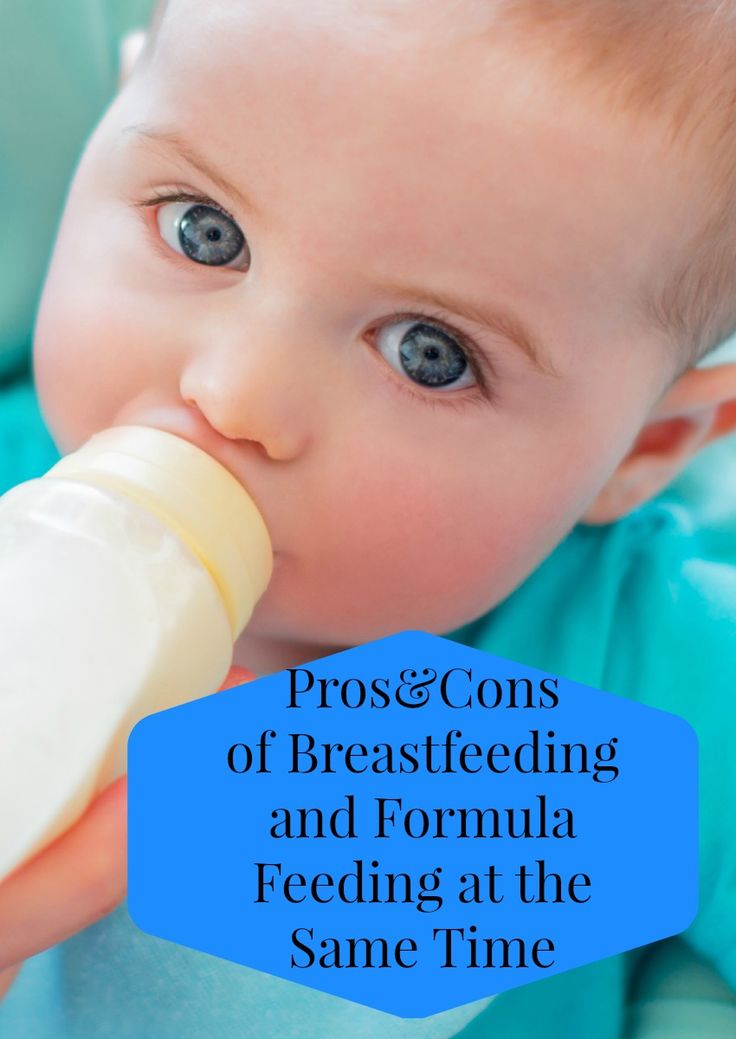 These may include:
These may include:
- Rooting (searching for the breast or bottle, or turning their head towards whatever touches their cheek)
- Nuzzling against the breast
- Opening the mouth wide
- Mouthing
- Moving the fists to the mouth
- Lip-smacking
- Fussiness
- Becoming more alert
How long does cluster feeding last?
Each cluster feeding period usually lasts for a few days at a time. Babies usually “grow out of” cluster feeding around 3 or 4 months of age (of course, every baby is different.)
But if an older baby gets sick, or is teething, and needs the comfort of frequent feeding, they might cluster feed. Cluster feeding might also happen if an older baby goes through another growth spurt.
Regardless of when it happens, if your baby’s “cluster feeding” lasts longer than a few days, you need to check their weight and call your doctor. This may be a sign that your baby isn’t getting enough calories.
How to deal with cluster feeding?
The most important thing to remember during cluster feeding is that it’s completely normal. Don’t try to stop the cluster feed. Rather, let baby feed as often as they need to and want to.
Yes, cluster feeding can be frustrating, as it can be near-impossible to sleep when baby wants to feed every hour.
But these survival tips may help make the cluster feeding period more bearable for you and your family.
- Don’t be afraid to ask for assistance when you need it.
- If you’re breastfeeding and you’ve pumped breastmilk, or if you’re bottle-feeding, you could have another family member offer a bottle (or bottles). Then, use that time for self-care (such as a walk, a shower, or a few uninterrupted minutes to yourself),
- Keep water and nutritious snacks by your feeding area to stay nourished. This is especially important if you’re breastfeeding.
- Get plenty of rest beforehand. Try to nap for a few hours just prior to when you expect the cluster feed.

- Make sure you’re nourished and hydrated by eating a healthy meal, and drinking plenty of water, just before the cluster feeding time.
- Plan ahead in other ways if you can. Use the bathroom, and try to get comfortable in your feeding area, right before you think baby will want to cluster feed.
- Plan to cluster feed in front of the TV so you can watch a movie or show that you enjoy.
- Or, plan to listen to an audiobook, podcast, or music during a feed.
- Practice feeding baby in a sling or carrier. That way, you’ll be able to walk around while you cluster feed.
- Call a friend or family member while you cluster feed.
- Switch up your feeding positions frequently to keep from getting sore.
- If you have older children, designate special toys (or shows) for them that they can only enjoy during baby’s feeding times.
- Ask your partner (or friends/relatives) for help with cooking and housework during baby’s cluster feeding periods.

- If you’re breastfeeding, don’t assume that cluster feeding means your milk supply is low. Also, don’t automatically assume that you have to switch to formula (or supplement nursing with formula). You’ll need to keep breastfeeding (or pumping) consistently to maintain the milk supply baby needs.
- If needed when breastfeeding, consider pumping between feeds, or using “power pumping,” to help your body produce the milk baby needs during cluster feeds. This way, you’ll be able to offer some or all of the milk in a bottle during cluster feeding (or let someone else feed baby, freeing you up).
- If you have any concerns about breastfeeding during this time, consider talking to a lactation consultant.
Mama Natural offers more tips for supporting yourself and your baby during cluster feeding. Note that these tips are largely geared towards breastfeeding moms:
How to soothe baby during cluster feeding times?
Cluster feeding usually coincides with baby’s fussiest times. They may cry a lot in between feedings, even though they’ll be satisfied during the feedings themselves.
They may cry a lot in between feedings, even though they’ll be satisfied during the feedings themselves.
These tips may help you soothe baby during a cluster feed:
- Move baby around while feeding (walk while using a sling or carrier, or gently rock baby).
- Sing or talk to baby with a gentle voice.
- Play soothing sounds (white noise or calming music). Turning on a fan may also create white noise.
- Hold baby close to help them feel secure. Swaddling them may help as well.
- Feed baby in a quiet, dark room to remove unsettling stimuli.
- Try holding baby in different positions.
What is the difference between cluster feeding and colic?
When baby is cluster feeding, they may cry a lot, especially during the evenings, but they’ll be satisfied during feeding.
However, if baby keeps crying for several hours per day, for no good reason, and feeding doesn’t satisfy them, they may have colic.
Colic crying can sound like screaming, while cluster feed crying will sound like baby’s normal “hungry” cry. Also, colic crying tends to peak at six weeks, continue without a break, and stop around three months of age (a different pattern than cluster feed crying).
Also, colic crying tends to peak at six weeks, continue without a break, and stop around three months of age (a different pattern than cluster feed crying).
Please read this article for more on identifying and managing colic.
Wrapping up
Even though it may be frustrating, cluster feeding is a normal way for baby to get more nutrients during their growth spurts (and encourage you to produce more milk if you’re breastfeeding). Embrace this time the best you can, and follow the tips we’ve given to help make it more bearable. It will pass eventually!
--------------------------------
All health-related content on this website is for informational purposes only and does not create a doctor-patient relationship. Always seek the advice of your own pediatrician in connection with any questions regarding your baby’s health.
These statements have not been evaluated by the Food and Drug Administration. Products are not intended to diagnose, treat, cure or prevent any disease.
See the FDA Peanut Allergy Qualified Health Claim at the bottom of our homepage.
Sitemap
State autonomous professional
educational institution
Republic of Bashkortostan
"Salavat Medical College"
453261 Republic of Bashkortostan
Salavat, st. Furmanova, 4
Phone/fax: (3476)-38-78-83
e-mail: [email protected]
- College Information
- Basic information
- Structure and governing bodies of the college
- Documents
- Education
- Educational standards and requirements
- Manual. Teaching staff
- Logistics and equipment of the educational process
- Scholarships and other financial support
- Paid educational services
- Financial and business activities
- Vacancies for reception (transfer)
- Personal data processing
- Anti-corruption
- Legal framework for combating extremism and terrorism
- Vacancies
- Information security
- Olympics
- Mentoring
- Available environment
- International cooperation
- Applicant
- Applicant
- Control figures for the reception of citizens
- Admission Rules
- Regulations on Individual Achievements
- Local regulations
- List of specialties
- Document acceptance schedule
- Terms of admission under contracts for the provision of paid educational services
- Information on the need for applicants to undergo a mandatory preliminary medical examination (examination)
- Exemplary entrance tests
- Features of conducting entrance examinations for the disabled and persons with disabilities
- Information about the possibility of filing documents by mail
- Submission of documents by e-mail
- List and deadlines for submission of documents
- Information on the availability of a hostel and the number of places in hostels allocated for nonresident applicants
- Enrollment Orders
- Number of applications submitted
- Filing and hearing appeals
- College Application
- Appeal of citizens on admission issues
- Targeted training
- Consent to the processing of personal data
- Entrance examinations
- Rating of applicants
- student
- Fundamentals
- Regulations
- Culture and sports
- Dormitory
- Student Council
- Life safety
- Teaching materials
- Employment of graduates
- Graduate Accreditation
- Page of educational psychologist
- Student Union
- Scholarship of the Head of the Republic of Bashkortostan
- teacher
- Reference information
- Educational and methodical work
- Additional education
- Republican information and training pedagogical seminars
- Distance learning
- Competitions and Olympiads
- Contacts
- Hotline
- Feedback
- Contacts of controlling organizations
This page does not exist.
|
Medical advice for doctors | Remedium.
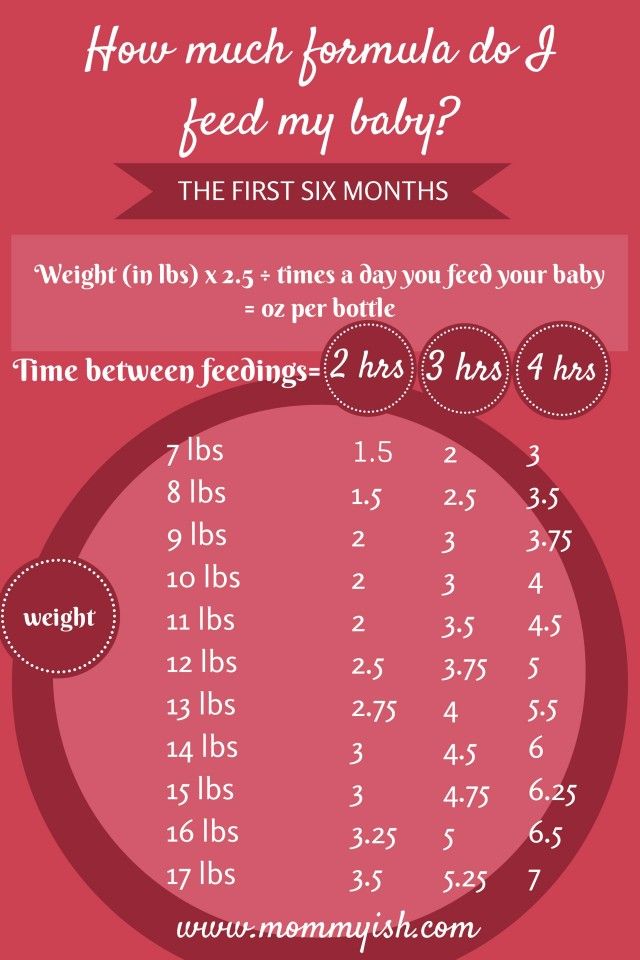 ru
ru 20.10.2022
Efficacy of probiotics in the treatment of irritable bowel syndrome
V.V. Tsukanov, A.V. Vasyutin, Yu.L. Thin ; Krasnoyarsk Scientific Center SB RAS
A review of current literature data was made, substantiating the high prevalence and social significance of irritable bowel syndrome (IBS). In different regions of the world, the prevalence of IBS ranges from ...
More
10/19/2022
Anticoagulant therapy with direct oral anticoagulants in polypharmacy: a course towards safety
I.N. Sychev 1.2 , L.V. Fedina 1.2 , D.A. Gabrielyan 1 , etc. Rastvorova 1 , E.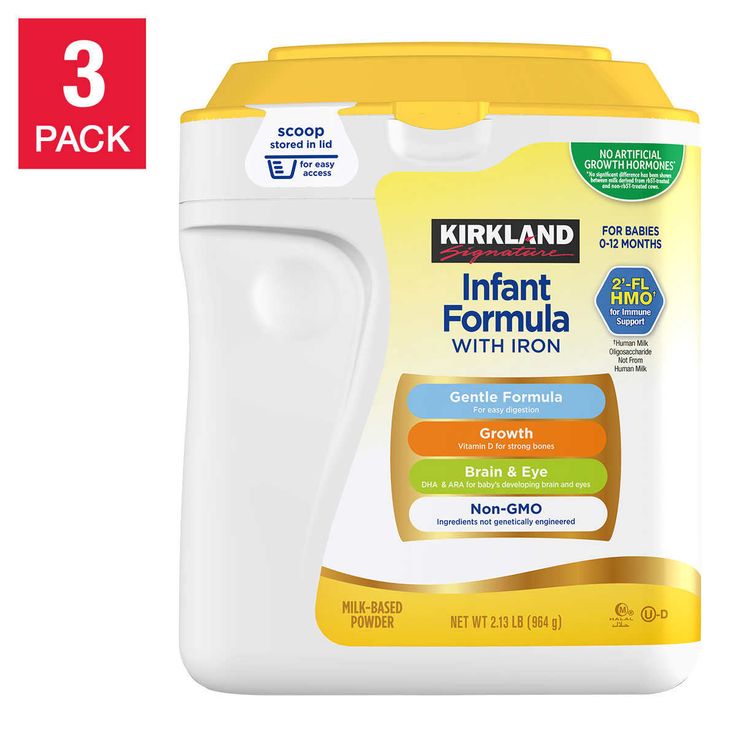 V. Strigunkova 1 , K.B. Mirzaev 1 , D.A. Sychev 1 ; 1 Russian Medical Academy of Continuous Professional Education; 2 City Clinical Hospital named after S.S. Yudina
V. Strigunkova 1 , K.B. Mirzaev 1 , D.A. Sychev 1 ; 1 Russian Medical Academy of Continuous Professional Education; 2 City Clinical Hospital named after S.S. Yudina
Cardiovascular diseases...
More
10/18/2022
Inosine pranobex in the treatment of mild cervical intraepithelial neoplasia (clinical experience)
I.O. Borovikov, I.I. Kutsenko, V.P. Bulgakov, A.A. Gorbulin; KubGMU
Introduction. The article reflects the experience of treating patients with papillomavirus-associated lesions of the cervix - mild cervical intraepithelial neoplasia (CIN I) using an immunostimulant with antiviral activity...
More
10/17/2022
Efficacy of an esophagoprotector in the treatment of patients with gastroesophageal reflux disease: a systematic review
I. V. Maev 1 , D.N. Andreev 1 , Yu.A. Curly 2 , E.G. Lobanova 1 , D.I. Schaefer 1 ; 1 Moscow State University of Medicine and Dentistry named after A.I. Evdokimova, 2 Ilyinsky hospital
V. Maev 1 , D.N. Andreev 1 , Yu.A. Curly 2 , E.G. Lobanova 1 , D.I. Schaefer 1 ; 1 Moscow State University of Medicine and Dentistry named after A.I. Evdokimova, 2 Ilyinsky hospital
Gastroesophageal reflux disease (GERD) is one of the most...
More
10/14/2022
Dental anomalies: classification, causes and treatment
The close relationship between oral health, systemic health and psychological health requires careful evaluation of oral health as part of health surveillance. Understanding the normal sequence and patterns of teething is the basis for identifying and treating children...
More
10/13/2022
Painful sexual disorder
N. N. Stenyaev; NMITs AGP them. IN AND. Kulakova
N. Stenyaev; NMITs AGP them. IN AND. Kulakova
Painful sexual disorder, combining the concepts of dyspareunia, vaginismus, pelvic pain, penetration disorder, is widespread in women of reproductive and postmenopausal age in the world (up to 34-45%) and more often manifests itself as a coming...
More
10/11/2022
Diagnosis of disorders in the coagulation system, assessment of the risk of hemorrhagic complications in severe cirrhosis/liver diseases according to global screening tests of the hemostasis system and principles for their correction: guidelines
M.V. Mayevskaya 1 * , M.S. Zharkova 1 , V.T. Ivashkin 1 , E.N. Bessonova 2 , N.I. Geyvandova 3 , E.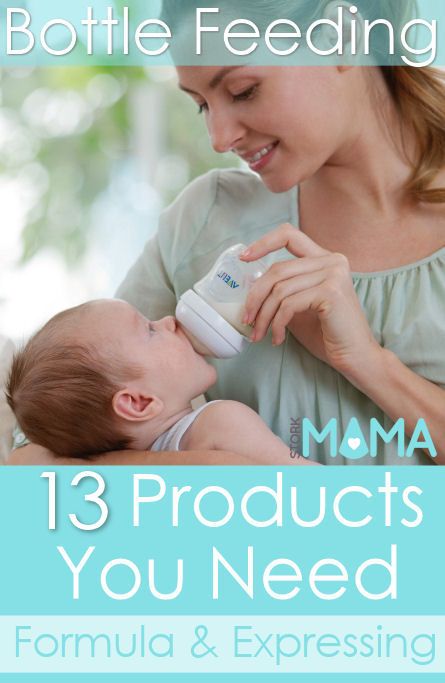 A. Kitsenko 4 , N.V. Korochanskaya 5.6 , I.A. Kurkina 1 , A.L. Melikyan 7 , V.G. Morozov 8 , Yu.V. Horonko 9 ; 1 First Moscow State Medical University named after I.M. Sechenov (Sechenov University), 2...
A. Kitsenko 4 , N.V. Korochanskaya 5.6 , I.A. Kurkina 1 , A.L. Melikyan 7 , V.G. Morozov 8 , Yu.V. Horonko 9 ; 1 First Moscow State Medical University named after I.M. Sechenov (Sechenov University), 2...
More
10.10.2022
Features of eating behavior in women: risk assessment of complications
T.P. Shevlyukova, E.A. Mateikovich, P.A. Ermakova, A.A. Ermakova, Tyumen State Medical University
Introduction. Studies show that up to 8% of pregnant women suffer from eating disorders. Such problems are found everywhere, most often women do not even realize that. ..
..
More
09/29/2022
How to treat sinusitis in adults?
Sinusitis, like rhinosinusitis, refers to inflammation in the nasal cavity and paranasal sinuses. Acute sinusitis lasts less than four weeks. The most common etiology is a viral infection associated with the common cold. Distinguish acute viral sinusitis associated with colds and flu-like...
More
09/28/2022
Symptoms of perforation of the tympanic membrane
Violation of the integrity of the tympanic membrane - various variants of its perforation - can occur with acute otitis media, blunt or penetrating ear trauma (with or without a foreign body), as well as with barotrauma. Clinical manifestations are generally similar, but management tactics may vary.











